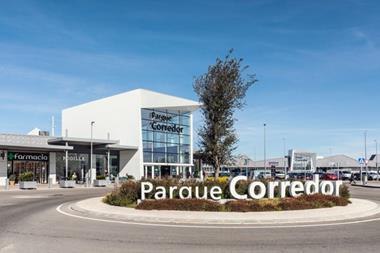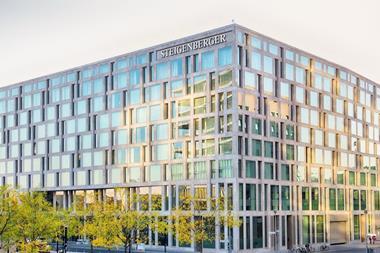Cushman & Wakefield's Investment Atlas reveals that 84% of European prime office, retail, and logistics markets are currently undervalued, 16% are fairly priced, while none are fully priced.

C&W's Fair Value Index assesses whether investors can anticipate earning a return that's higher, comparable, or lower than the expected risk-adjusted return from investing in commercial real estate over a five-year timeframe.
The UK and Germany emerge as the most compelling destinations, with a high concentration of underpriced markets. Germany boasts all 17 prime markets classified as underpriced, while the UK showcases 24 out of 27 markets in the same category.
The report highlights the logistics sector as particularly promising, with 95% of its markets considered undervalued. Notably, the retail sector has experienced a remarkable turnaround, witnessing a 24 percentage point increase in underpriced markets over the past two quarters. This positive shift, coupled with improving consumer sentiment, positions retail for potential growth.
Historically, real estate cycles have demonstrated a consistent pattern, taking an average of 6.7 years for markets to transition from undervalued to overvalued. This cycle suggests that European markets are poised for a period of growth and value appreciation.
Sukhdeep Dhillon, head of EMEA Forecasting at Cushman & Wakefield, said: ‘Underpriced markets are attractive targets for real estate investments, with opportunities for capital appreciation as the market adjusts towards fair value. There have been notable improvements across most markets, facilitated by stable total returns forecasts, a reduction in bond yields, and an improvement in the risk premium. Germany has experienced significant repricing but yields have largely stabilised across the board. Despite current economic challenges, there is a cautious optimism for the German real estate market, and momentum is expected to improve.’
David Hutchings, head of EMEA Investment Strategy at Cushman & Wakefield, added: ‘The market is turning and investors must reset their strategies. Multiple opportunities in commercial real estate across various risk profiles are emerging, balancing income security with operational gains. Geopolitical risks mean that the recovery will be uneven, but some of the best purchases may be in the year ahead. While prime values bottomed out in Q2, secondary stock remains threatened and legacy assets remain at risk of stranding. Repositioning and repurposing such assets is a major area of opportunity, but for all assets, defining their 'reason to be' is key.’
To pinpoint the most promising investment opportunities, C&W evaluated European markets based on a multi-faceted framework. This framework considered factors like a market's recovery potential, its size and liquidity, and the driving forces influencing transactions. These forces include the need for refinancing, the pace of interest rate cuts, and the level of political risk.
The UK and Germany emerged as leaders across all these variables. France boasts strong liquidity, though the immediate pressure for transactions is less pronounced. Other major markets like the Netherlands, Spain, and Sweden demonstrate robust recovery potential as interest rates decline. Italy, Belgium, and Ireland are also on the radar due to repricing and refinancing activity. Finally, Poland and other CEE markets exhibit promising recovery prospects based on the current economic outlook.










